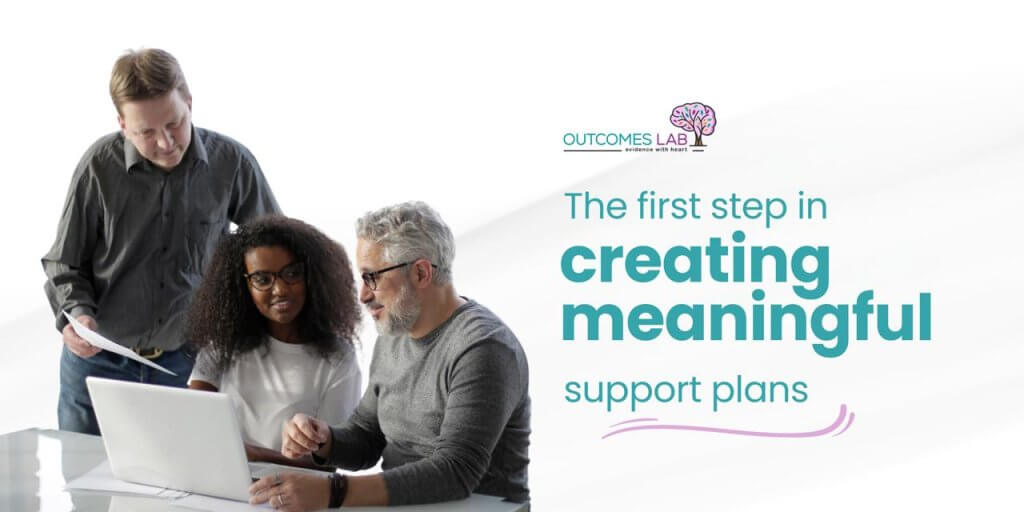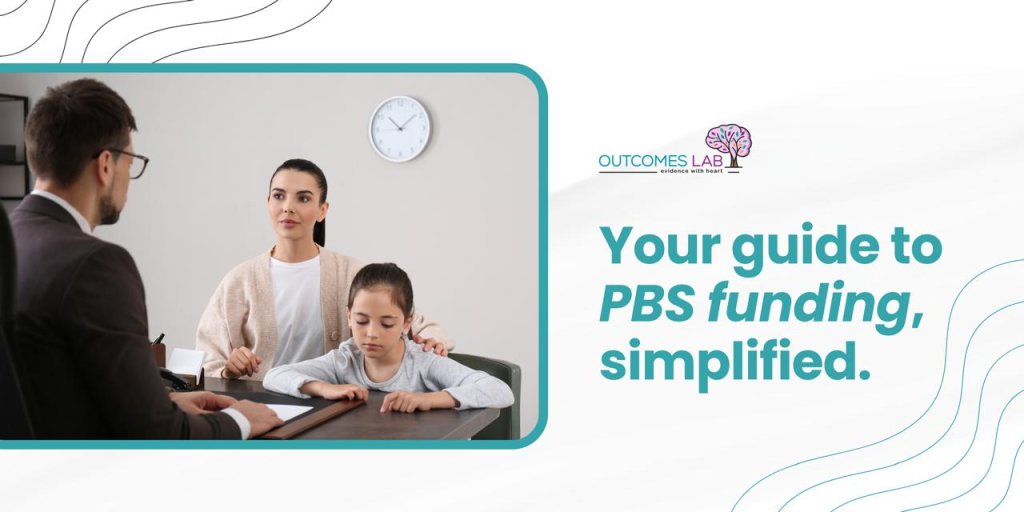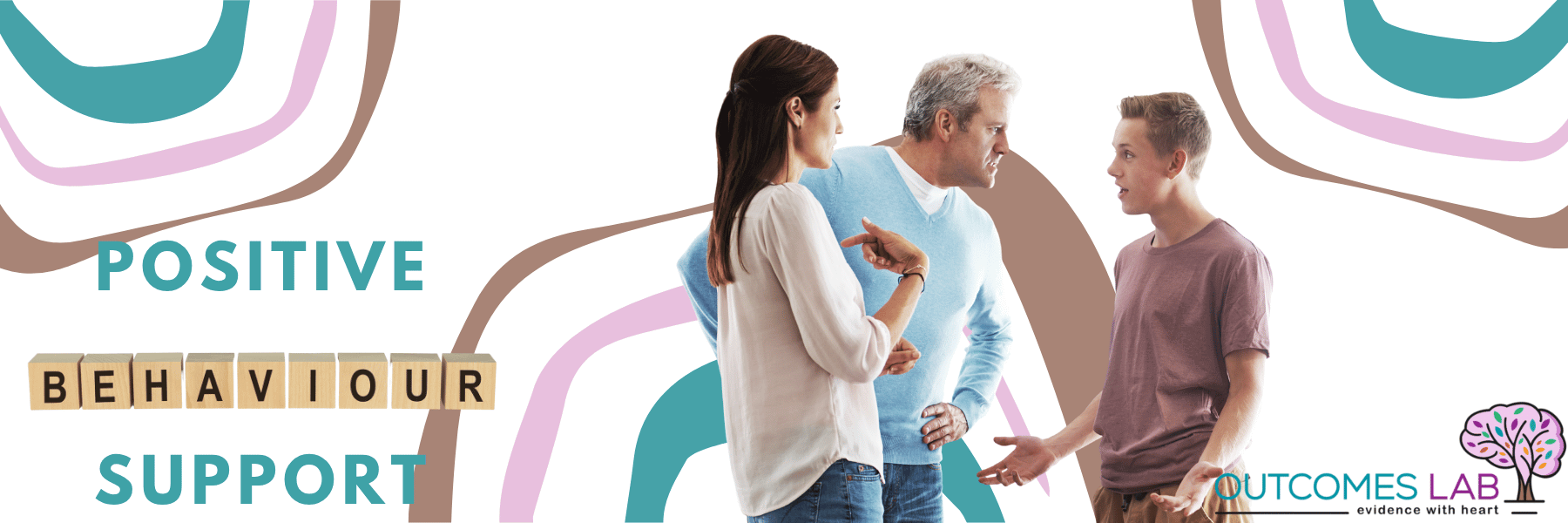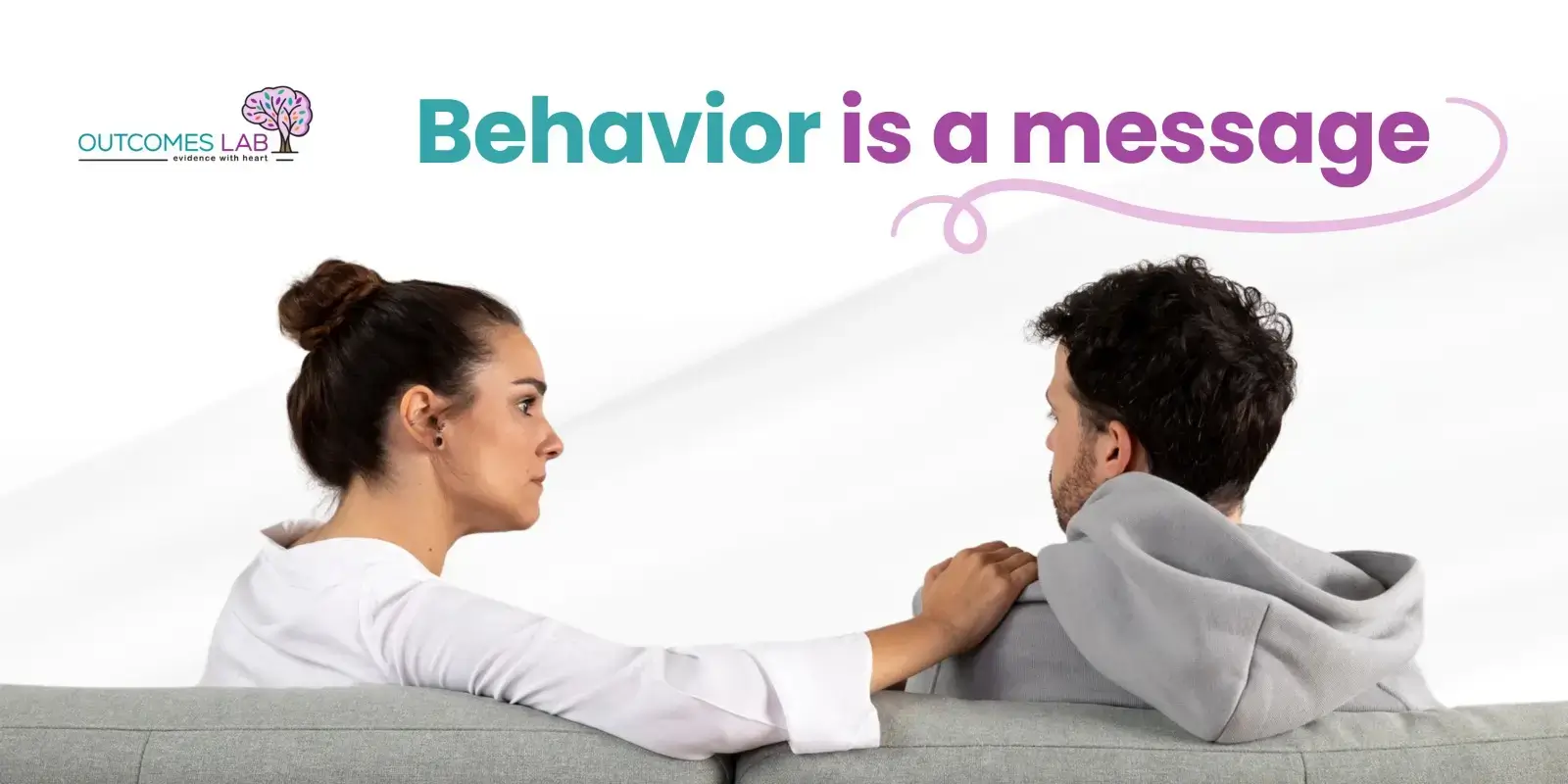A Functional Behaviour Assessment (FBA) is a structured and evidence-based process used to understand why a person engages in challenging behaviour. Rather than simply addressing the behaviour itself, an FBA aims to uncover the underlying reasons for it, offering insight into how best to support the individual in achieving their needs in more positive and constructive ways.
Understanding the purpose behind behaviour is essential in creating interventions that are not only effective but also respectful and person-centred. For individuals supported through the NDIS, particularly those with complex needs, an FBA is a cornerstone of behaviour support planning.
Why Behaviour Happens
All behaviour serves a purpose, whether it’s to gain attention, escape a situation, access something desired, or meet a sensory need. When a person shows behaviour that may be concerning or disruptive, they are often trying to communicate something important, especially if they have difficulty using words to express their needs.
An FBA helps us look beyond the behaviour itself and ask: What is this person trying to achieve or avoid? By answering that question, support teams can design tailored strategies that help the person meet their needs in safer, more appropriate ways.

What Happens During an FBA?
An FBA typically involves several key steps:
- Defining the Behaviour
The process starts with a clear description of the behaviour in specific, observable terms. Rather than vague language like “aggressive” or “difficult,” the behaviour is described in terms of what can be seen and measured, such as “throws objects during transitions.” - Gathering Information
Data is collected from a range of sources including direct observation, interviews with the individual (where possible), and input from family members, carers, and support staff. The goal is to understand when, where, and how often the behaviour occurs, and what tends to happen before and after it. - Identifying Patterns
By analysing this data, patterns often emerge. These patterns help identify the triggers (antecedents) and outcomes (consequences) of the behaviour, offering clues about its function. - Developing Hypotheses
Based on the data, professionals create hypotheses about why the behaviour is happening. For example, an individual who hits when asked to complete a task might be doing so to escape a demand they find overwhelming. - Planning Support Strategies
The final step is using these insights to create a Behaviour Support Plan that includes proactive strategies, skill-building goals, and consistent ways to respond when the behaviour occurs. The aim is always to reduce the need for the behaviour by addressing its cause.
The Role of FBA in NDIS Behaviour Support
Under the NDIS, a Functional Behaviour Assessment is often the starting point for developing a Behaviour Support Plan, especially if restrictive practices are in use or being considered. The FBA ensures that any interventions are grounded in a thorough understanding of the person’s needs, preferences, and life context.
Rather than relying on trial-and-error approaches or assumptions, an FBA provides a structured, compassionate way to understand behaviour and support individuals in more meaningful ways.
A Real-World Analogy
Think of challenging behaviour like a warning light on a car’s dashboard. When the light comes on, we know something needs attention, but we don’t immediately start topping up the oil or changing the battery, we need to find out why the light is on. Without a proper diagnosis, we might fix the wrong thing or even make matters worse.
A Functional Behaviour Assessment works the same way. Rather than guessing or going with the most obvious explanation, it encourages us to slow down and gather the right information. By observing patterns and asking the right questions, we get a clearer picture of what’s actually going on, so we can respond in ways that are thoughtful, effective, and genuinely supportive.
Final Thoughts
A Functional Behaviour Assessment is more than a checklist or form—it’s a process of deep listening, careful observation, and collaborative problem-solving. For NDIS participants and their support networks, it’s a powerful tool that lays the groundwork for more effective, respectful, and person-centred support.
By investing the time to understand behaviour, we take an essential step toward helping people live safer, more empowered, and more fulfilling lives.







